If you are trying out a new matcha recipe, it is important to first understand the different grades of matcha, so you can pick the one that is best suited for your needs. The primary grades are ceremonial vs. culinary grade matcha, but since there is no standard naming convention for matcha grades, it can be confusing to determine what to use.

Jump to:
What is Matcha?
Matcha comes from the same plant as regular green tea, but the growing technique is different. Matcha farmers shade the plant around 20 days prior to harvesting to boost its nutritional qualities.
It is made from young green tea leaves with the stems and veins removed. After the leaves are dried, they are stone ground into a very fine green tea powder. This fine powder creates a smooth and almost creamy texture when mixed with hot water.
What is Ceremonial Grade Matcha?
Ceremonial grade is considered to be the highest grade of matcha. It is made from the first harvest of the youngest tea leaves in late April or early May. Ceremonial grade matcha is used in traditional Japanese tea ceremonies and is mixed with hot water to make a thick tea.
This grade of matcha is known for its natural sweetness, full-bodied aroma, and vibrant green color. It is the grade of matcha that can stand on its own for drinking because it has the best flavor profile.
What is Culinary Grade Matcha?
Culinary grade matcha powder is considered to be a lower quality matcha because it comes from the second harvest of older tea leaves. Its color is a bit darker and its flavor is slightly more bitter with no noticeable sweet taste.
It is less expensive than ceremonial-grade matcha and is recommended for making beverages such as this simple vanilla matcha latte and other drink recipes. It is worth trying culinary grade if you plan to drink matcha regularly because it is much more affordable.
If you don't plan to drink matcha tea regularly, you may prefer to stick with the highest quality ceremonial grade. This way, you can use it to make a tea or a matcha latte and enjoy the best flavor either way.
With culinary grade matcha, you may be inclined to add sugar or other forms of sweetener to make it palatable. That being said, a more bitter taste can also be enjoyable, similar to how you may prefer drinking black coffee.
Culinary-grade matcha is also a good choice for making recipes such as matcha ice cream, matcha energy balls, and all kinds of matcha-spiked desserts. Matcha tea powder adds a beautiful green color while adding a boost of nutrition. Just be sure you are not using it in high-heat cooking if you want to preserve its nutritional value.
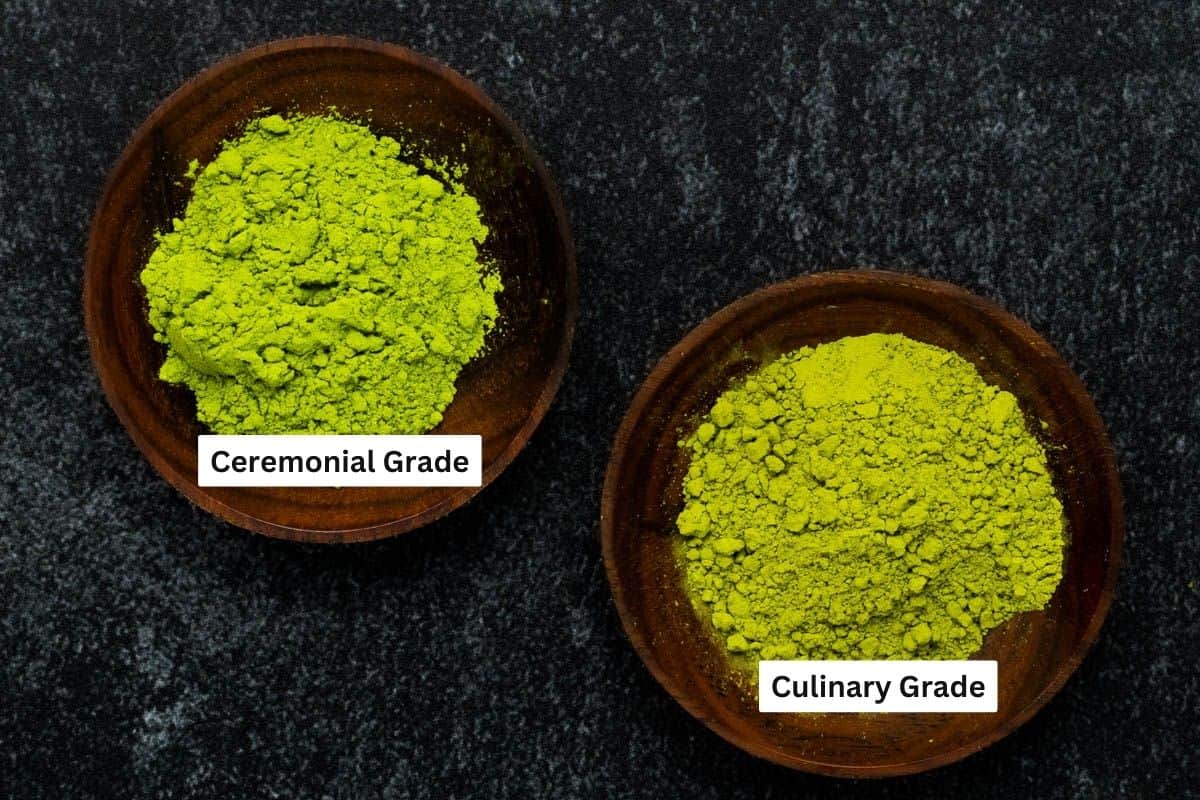
What Do Other Matcha Grades Mean?
You may have seen other matcha grades, such as premium grade, latte grade, cafe grade, ingredient grade, and kitchen grade. These are just different forms of culinary matcha grades, used for marketing purposes, to sell more matcha from later harvests.
None are as ideal as the first harvest tea leaves as they come from a second harvest at the end of July, a third harvest in the Fall, or even a fourth harvest in late Fall.
Due to these variations, some forms of culinary grade matcha may be more bitter-tasting than others. Some manufacturers may even create a blend of second-harvest and later-harvest matcha and call it "latte grade" or "cafe grade".
Some call their third or fourth harvest "ingredient grade" or "kitchen grade" as it's good for recipes that need some added green color that can mask any bitter taste.
How to Find High-Quality Matcha
Since matcha grades are meant to identify culinary uses, based on the age of the tea leaves at the time of harvest, they're not intended to be an indicator of food quality. To find the highest quality matcha product, look for organic matcha that has been tested for radiation and lead. In addition, take a look at the brand's manufacturing process to ensure they have not applied high-heat processing that can damage the antioxidants.
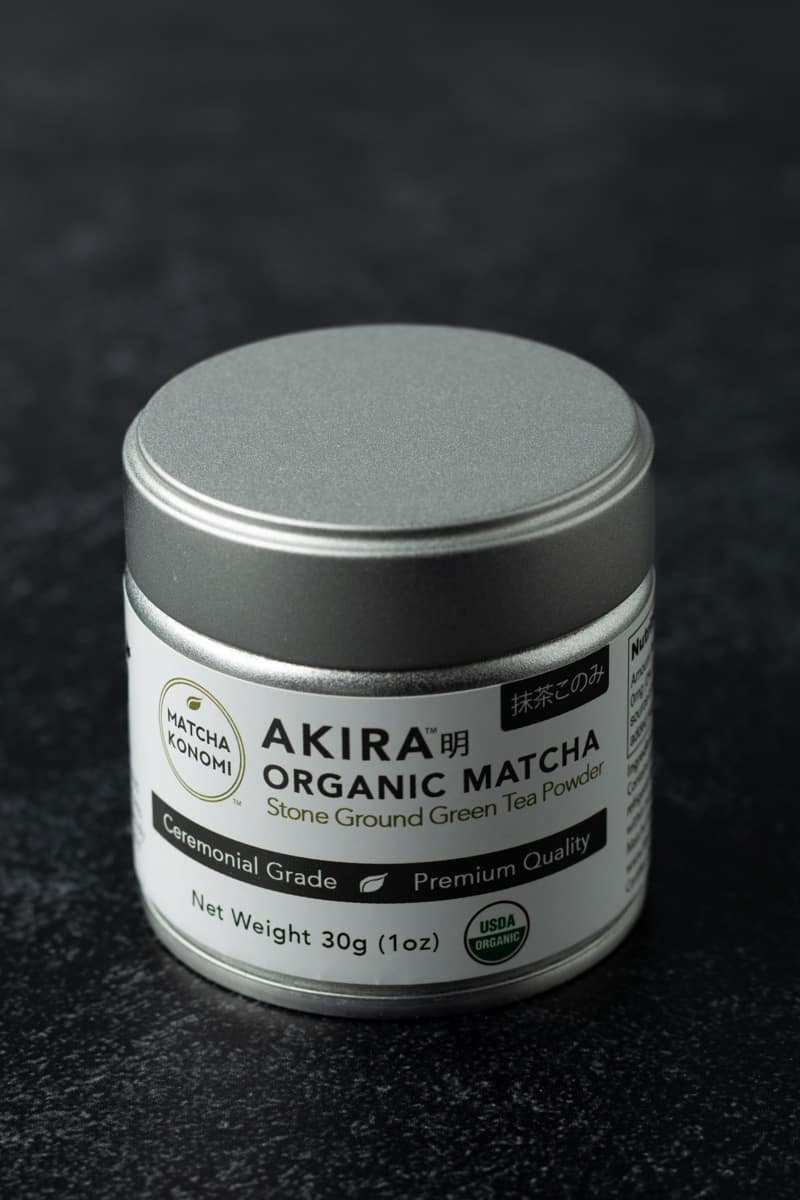
Here's the ceremonial grade matcha product that I like to use. Purchase in small quantities stored in a tin instead of larger quantities which may degrade significantly before you can finish it.
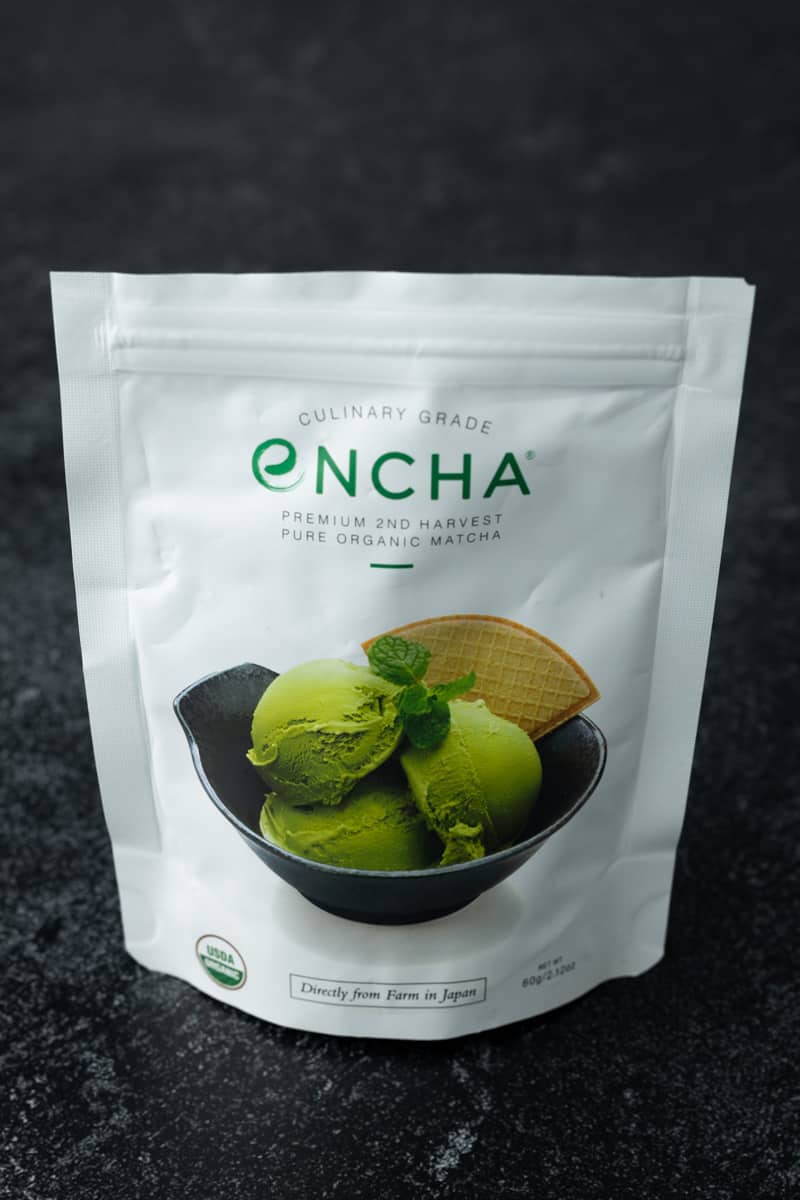
You can purchase culinary grade matcha in larger quantities for use in recipes. I find it to be a bit too bitter for drinking as a tea, but it can be used for making flavored matcha lattes.
What Are the Health Benefits of Matcha Tea?
Matcha is considered a superfood due to its high concentration of antioxidant and anti-inflammatory properties. ECGC (epigallocatechin gallate), L-theanine (a rare amino acid), and chlorophyll are the nutrients most often mentioned, along with their health benefits.
Research shows that matcha has a much longer list of bioactive ingredients and health benefits than what's commonly discussed. In addition, a comprehensive review of the potential use of green tea polyphenols in the management of COVID-19 suggests that green tea may be a safe anti-viral treatment agent for coronavirus diseases.
8 Health Benefits of Consuming Matcha Tea
With the extensive list of health benefits associated with drinking matcha tea, here are some highlights:
- Stabilizes blood sugar
- Improves cognitive function and supports brain health
- Boosts your immune system
- Helps to eliminate chemicals and heavy metals from your body
- Lowers stress
- Supports weight loss
- Lowers risk of chronic diseases, such as heart disease, cancer, and diabetes
- Promotes dental health
Is a Higher Grade Matcha Healthier?
All grades of matcha offer superfood health benefits. Ceremonial grade matcha is richer in chlorophyll content, which supports detoxification. It also contains more L-theanine, which provides a calming effect. Combined with the caffeine content, it also supports brain health.
If you are looking for the maximum cognitive benefits and/or detoxification, ceremonial grade matcha would be the better choice. Culinary grade matcha is slightly higher in antioxidants, although the difference in concentration is only about 2%, which seems negligible.
Is Matcha Healthier than Coffee?
While matcha and coffee both offer superfood health benefits, there are a few reasons why matcha may be the better option for you.
- If you cannot tolerate the caffeine in coffee because you experience jitters and can't sleep at night, you may still be able to drink matcha.
- Matcha contains 30-50% less caffeine than coffee.
- Its combination of caffeine and L-theanine content provides calm energy with no jitters, heart palpitations, or feelings of anxiety.
- L-theanine also promotes sleep quality along with many other benefits.
- The caffeine in matcha is absorbed slowly in the body, over a course of four to six hours, giving you stable energy with no caffeine crash. In contrast, coffee provides a quick energy spike within an hour.
- Matcha functions as a probiotic and does not irritate the GI tract.
- Matcha is easier and faster to make than coffee and does not require specialized equipment.
- Drinking matcha does not give you bad breath or stain your teeth. Contrary to coffee, it combats bad breath and promotes dental health!
Conclusion
The best matcha grade is based on how you plan to use it and the type of health benefits that are most important to you. You really can't go wrong, regardless of what type of matcha you choose.
Once you've decided which type of matcha to try, the next step is to learn how to make your first cup of matcha! If you are wondering whether a bamboo whisk is needed to prepare matcha tea, here's a guide to the best whisks for making matcha. You can also give this simple vanilla matcha latte recipe a try using different types of matcha for comparison.
FAQ
While regular green tea is made from dried tea leaves steeped in hot water, matcha is made from dried tea leaves that have been stone-ground into a fine powder, then mixed into hot water.
As a relative comparison, matcha contains 137 times more antioxidants than regular green tea and 17 times more antioxidants than blueberries. One serving of Matcha (1 teaspoon) is equivalent to 10 cups of green tea, which is why it's far more potent than drinking a cup of steeped green tea.
Matcha has a rich, savory yet slightly sweet taste, and the aroma of green tea leaves. The location where the green tea plant was grown also adds a unique flavor, similar to how grapes for making wine carry their regional flavor profiles.
Matcha tea has about 30-50% less caffeine than a regular cup of coffee. Caffeine from matcha doesn't tend to cause jitters when consumed.
An unopened container of matcha tea powder can last 12-14 months when stored in a cool, dark location. Once opened, it should be stored in the refrigerator and consumed within a couple of months for maximum health benefits.

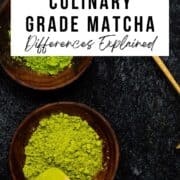
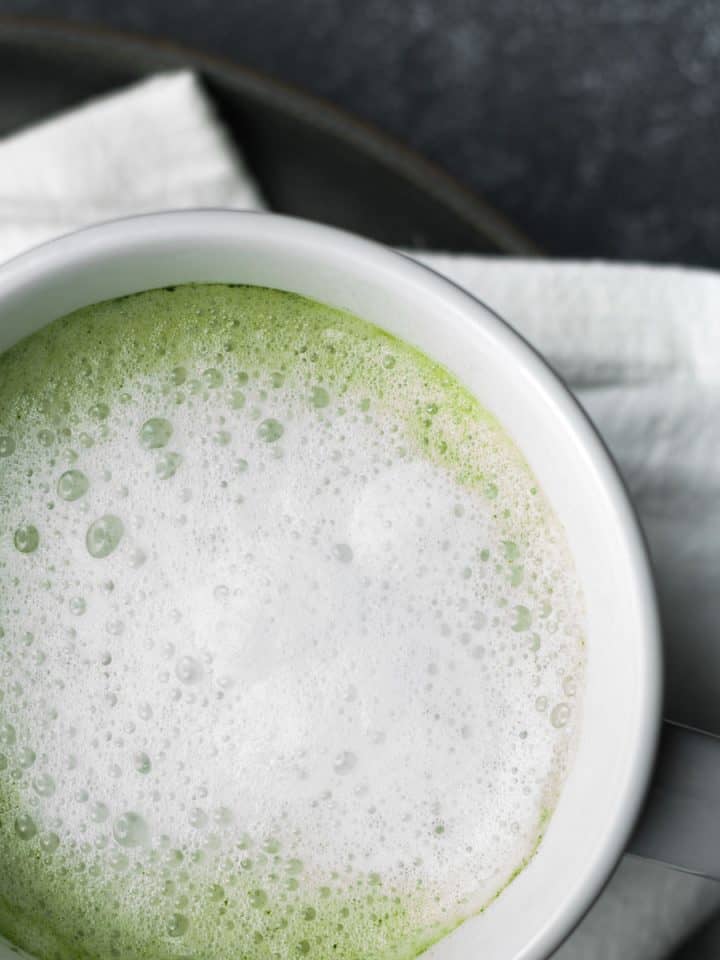
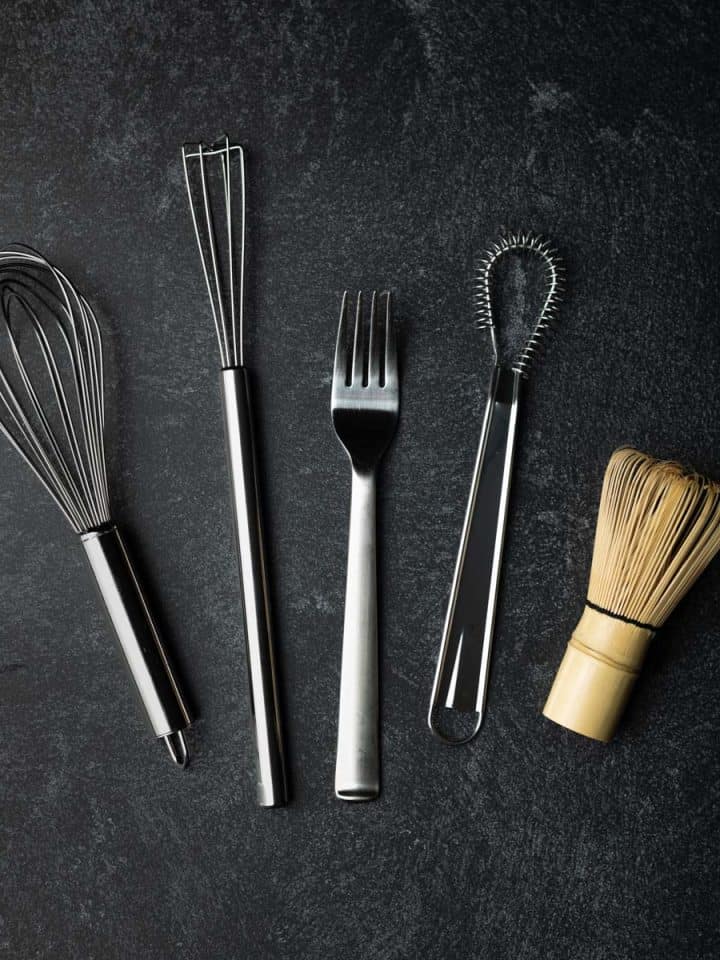

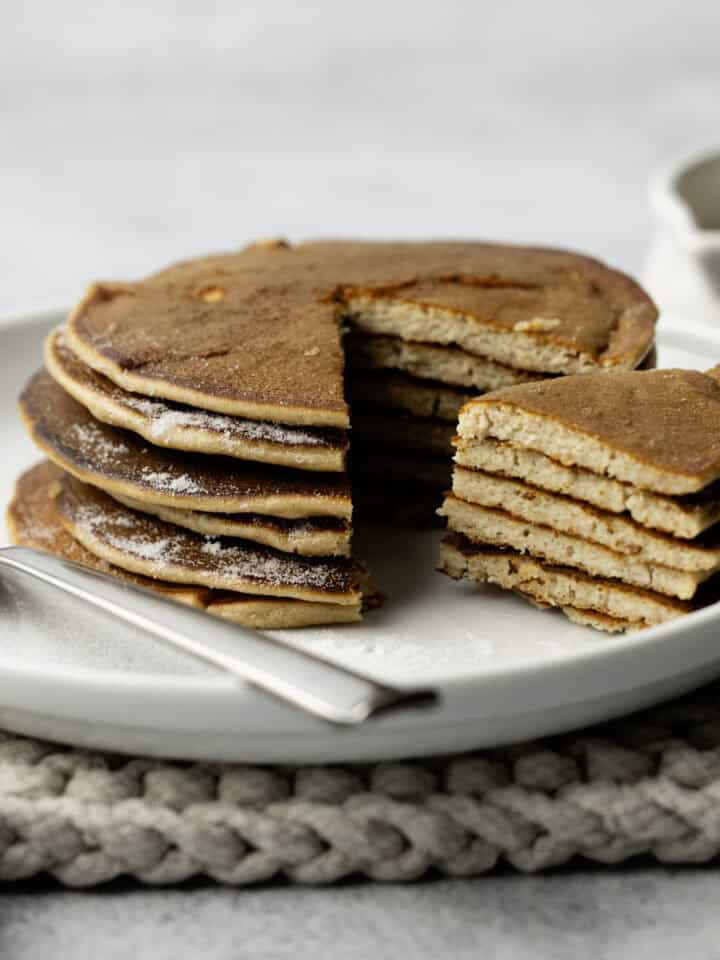
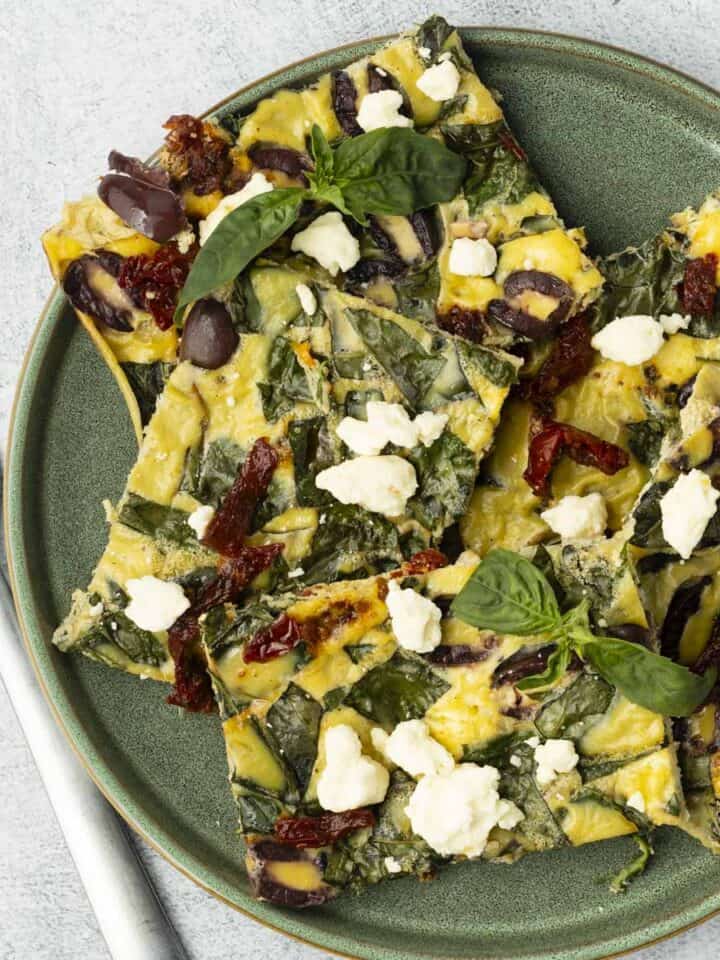
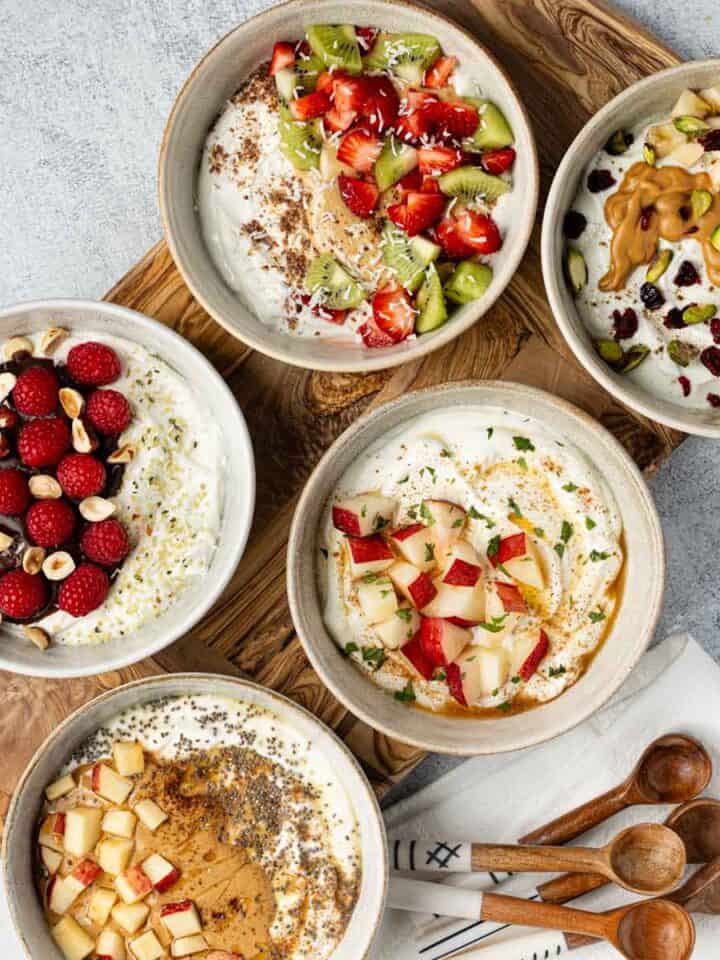
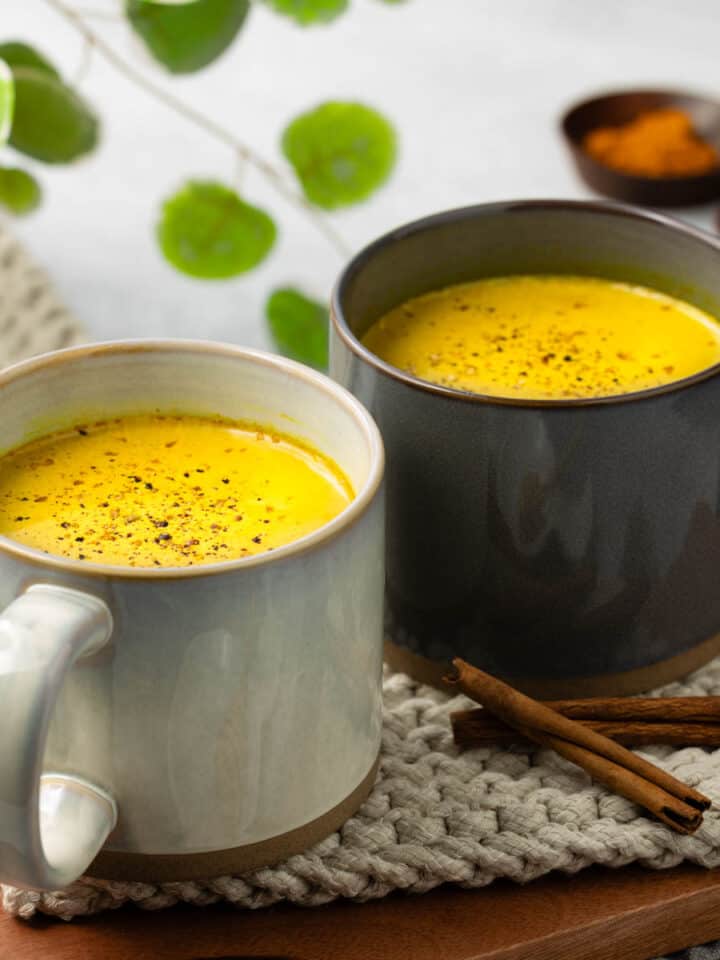
Bell says
I normally get very jittery from drinking coffee, but ever since I found out about culinary grade matcha from this article, I have been able to substitute coffee with matcha lattes. Now I can have caffeine with no issues
Elcy Wang says
Thank you for sharing! Matcha is great for its ability to provide a calm focus.
Ashley says
When I first had matcha tea, it was way too bitter for me, and I have not had matcha since. Now that I have read this article, I will try matcha again, but with ceremonial grade matcha instead.
Elcy Wang says
Hope you like it Ashley!
Bari says
Your website is an invaluable source of information. I appreciate the standard of your posts.
Elcy Wang says
Thank you!
Martha says
I appreciate the breaking down the nutritional value and different types of matcha. This article saved me hours of reading online.
Elcy Wang says
Thank you Martha! I'm glad you found the article helpful.